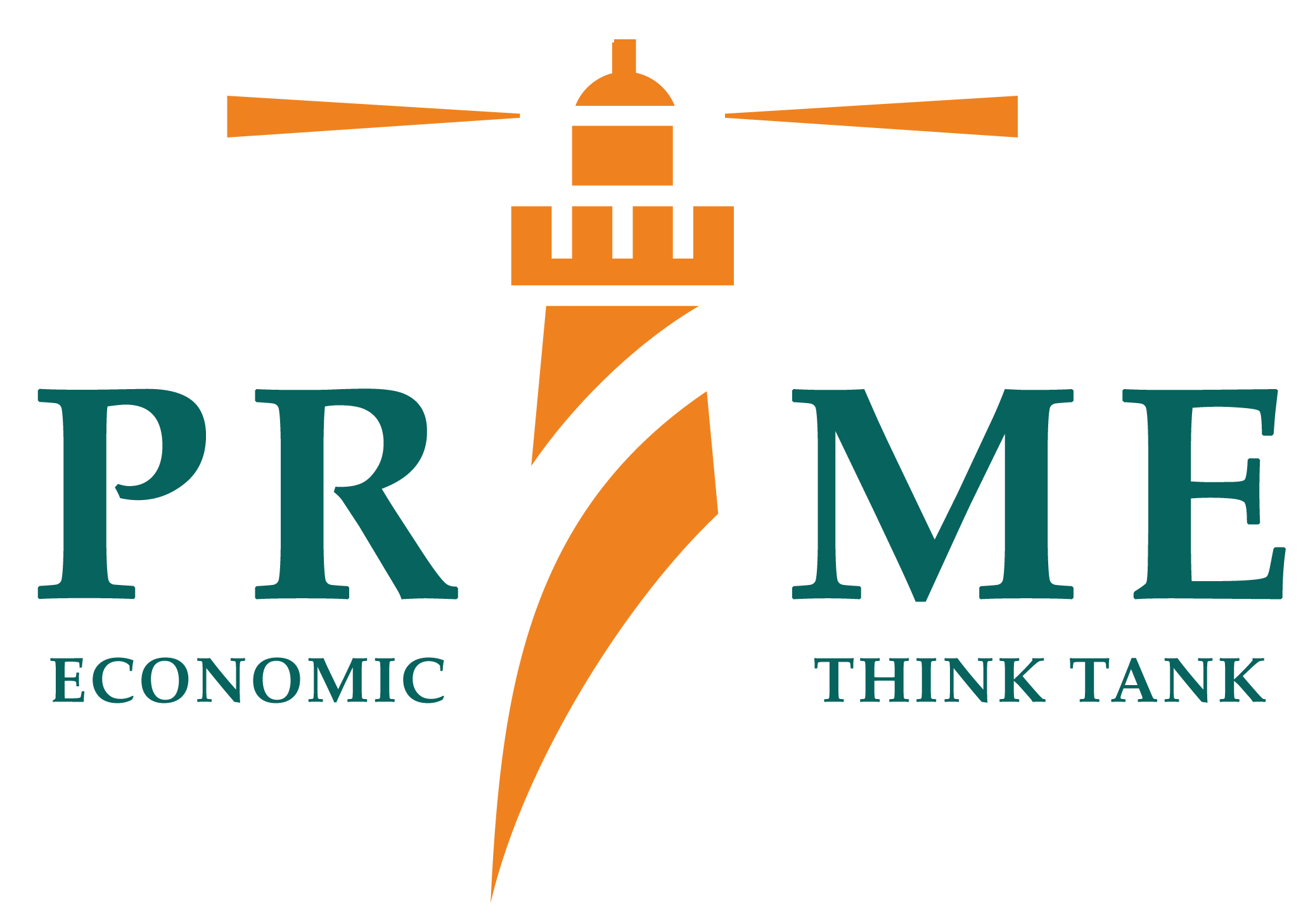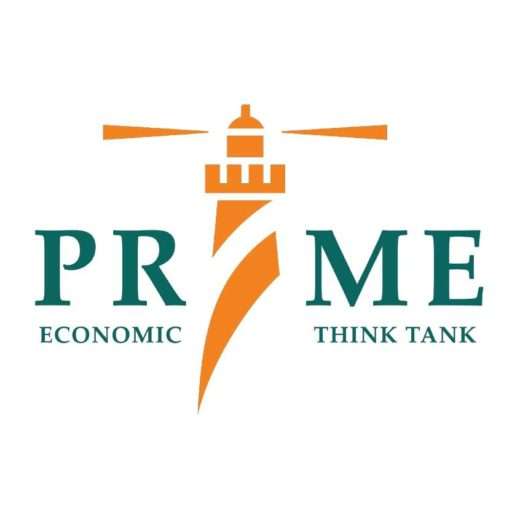The Profitability Fallacy of State-Owned Enterprises
Bilal Zahid | July 26th, 2023

Pakistan has a rich history of state-run enterprises marred by inefficiencies and lackluster performance. There is a plethora of challenges that have hindered their growth and effectiveness. Bureaucratic red tape, political inteference, misaligned incentives, and inadequate accountability mechanisms have contributed to a lack of agility and innovation within these organizations. As a result, their ability to adapt to changing market dynamics and technological advancements has been severely compromised.
Such inefficiencies not only stifle the potential for these enterprises to flourish but also strain the nation's economy, leading to wasteful allocation of resources and diminished competitiveness on the global stage. While the prevailing discourse among policy makers and opinion makers leans towards endorsing the state's involvement in running profitable enterprises, it is essential to critically examine the potential ramifications of such a proposition.
Advocates of a balanced economy often argue for a mix of state-owned enterprises (SOEs) and private sector involvement. Some contend that past privatization efforts in the 1990s did not yield the expected benefits for the country, and they maintain that profitable SOEs should not be privatized at all. While this argument may hold merit when considering accounting profits alone, it overlooks the critical concept of economic profit and the accompanying opportunity costs that are invariably at play, whether consciously acknowledged or not.
Privatization facilitates optimal allocation of resources, improved service quality, and enhanced efficiency, ultimately driving economic progress. A prominent example of successful privatization in Pakistan is evident in the banking sector. Private banks have surpassed state-owned banks in terms of return on assets (ROA) and return on equity (ROE), leading to heightened efficiency and profitability.
Let us examine the case of the National Bank of Pakistan (NBP), a state-owned bank. NBP recorded an after-tax profit of 30.4 billion rupees last year and has consistently demonstrated commendable profitability over the years. On the other hand, the Muslim Commercial Bank (MCB), once state-owned but privatized in the 1990s, achieved an after-tax profit of 32.7 billion rupees and maintained an equally good track record of profitability. At first glance, both banks appear to be performing equally well, with nearly indistinguishable profit figures. However, this simplistic view fails to consider the opportunity costs arising from inefficiencies.
When we examine the return on assets (ROA), a measure of how efficiently a bank utilizes its assets (mostly cash for banks) to generate a profit, MCB clearly outperforms NBP. MCB's average ROA is more than twice that of NBP's. Considering this significant disparity in ROA between the two banks, the opportunity cost incurred amounts to approximately 42 billion rupees in the last year alone, with an accumulated opportunity loss of 261 billion rupees over the past decade. These figures are substantial and demonstrate the necessity of considering the economic efficiency of SOEs beyond their superficial profitability. To put these numbers in perspective, the entire market capitalization of NBP currently stands at approximately 43 billion.
Indeed, we must not overlook the fact that a larger asset base can potentially limit a bank's ability to achieve equally impressive profits. However, it is crucial to recognize that the situation is even more concerning when it comes to smaller state-owned banks, which are performing even worse in comparison. The stark contrast in performance between private banks and state-owned banks becomes evident when we consider the average returns on their assets.
While some may argue the need for government involvement in running profitable SOEs, the argument for privatization becomes irrefutable when dealing with loss-making entities like Pakistan International Airlines (PIA). The accumulated loss of PIA, which now stands at a staggering 651 billion rupees, poses an alarming financial burden for the government and taxpayers alike. Such a colossal loss cannot be ignored. To illustrate the opportunity cost at hand, the amount is equivalent to providing wheat supply for approximately 37 million impoverished individuals for an entire year. This staggering figure underscores the opportunity cost of maintaining PIA under government control and highlights the potential to redirect these funds towards initiatives like poverty alleviation and infrastructure development.
In conclusion, the successful path forward lies in embracing privatization to unlock the true potential of SOEs. By reducing the government's grip on businesses, the country can harness the power of market forces to drive economic growth, allocate resources efficiently, and foster prosperity for its citizens. To achieve this, policymakers must fully grasp the concept of economic profit, recognize the opportunity costs associated with inefficiencies, and prioritize the long-term benefits that privatization can bring to the country.


